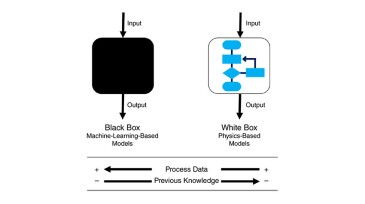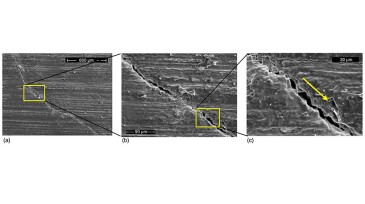pressure monitoring
-
This paper presents a novel application of artificial intelligence in computer vision for automating blowout-preventer pressure-chart-data extraction, demonstrating significant efficiency gains and a high return on investment.
-
This paper presents a closed-loop iterative well-by-well gas lift optimization workflow deployed to more than 1,300 operator wells in the Permian Basin.
-
The current free collections presented by the online library examine artificial lift and various aspects of reservoir evaluation.
-
The use of real-time wireless downhole pressure gauges proved a valuable alternative to workover operations in two onshore fields in Iraq.
-
This work proposes a method to interpret far-field strain-change and pressure data to quantify fracture connectivity and properties at the cluster level.
-
The authors propose a hybrid virtual flow and pressure metering algorithm that merges physics-based and machine-learning models for enhanced data collection.
-
This paper discusses the concept, applications, and continual evolution of a new 3D temperature and spectral-acoustics modeling and logging approach.
-
This paper presents various functionalities and benefits of a monitoring tool developed for and used with all critical flowmeters in the operator’s production system.
-
The aim of this study is to address and discuss the reservoir engineering aspects of geological hydrogen storage.
-
This paper’s focus is a case study of an Eagle Ford refracturing project in which a range of completion designs were trialed with an approach using offset sealed wellbore pressure monitoring and fiber-optic strain.
Page 1 of 2










